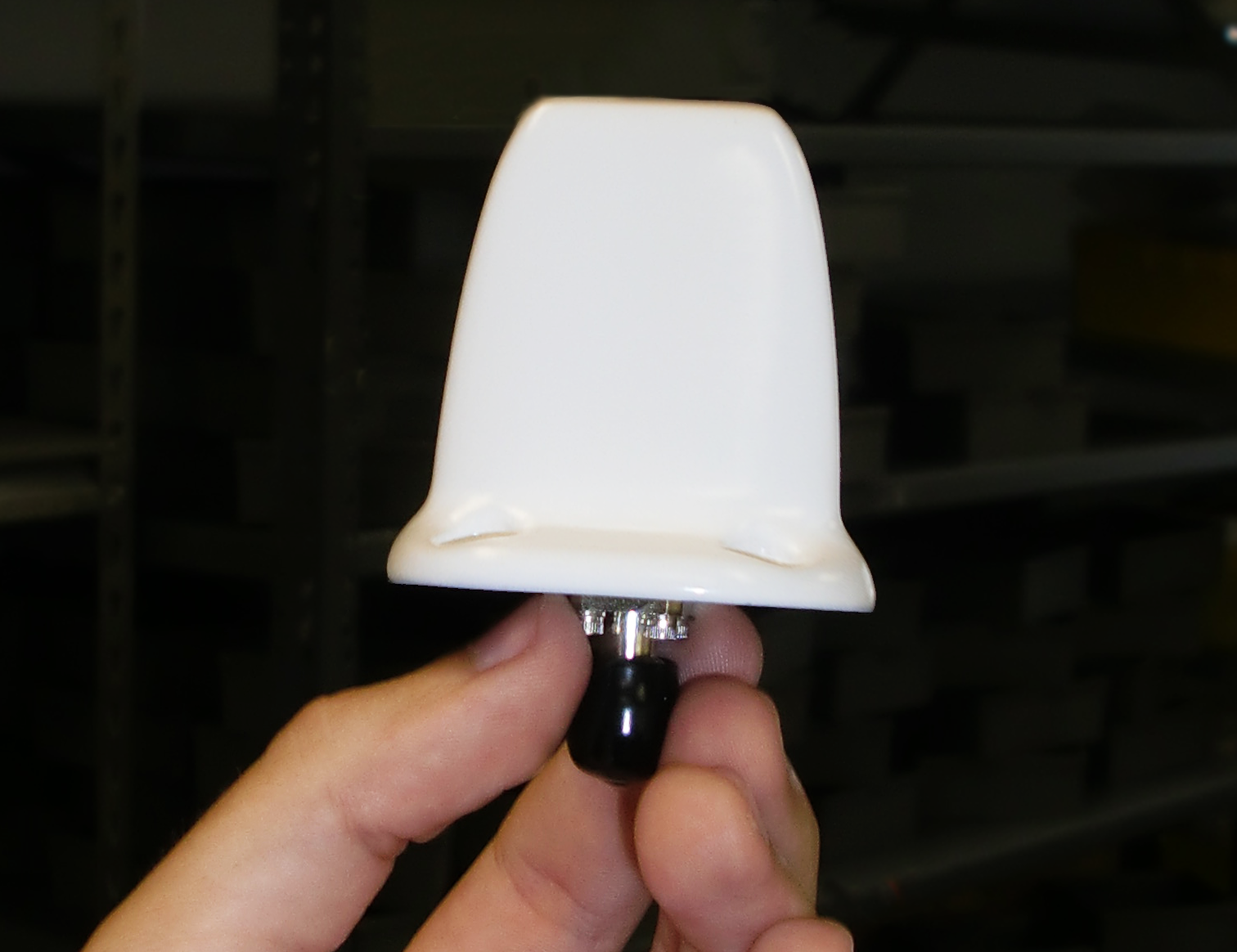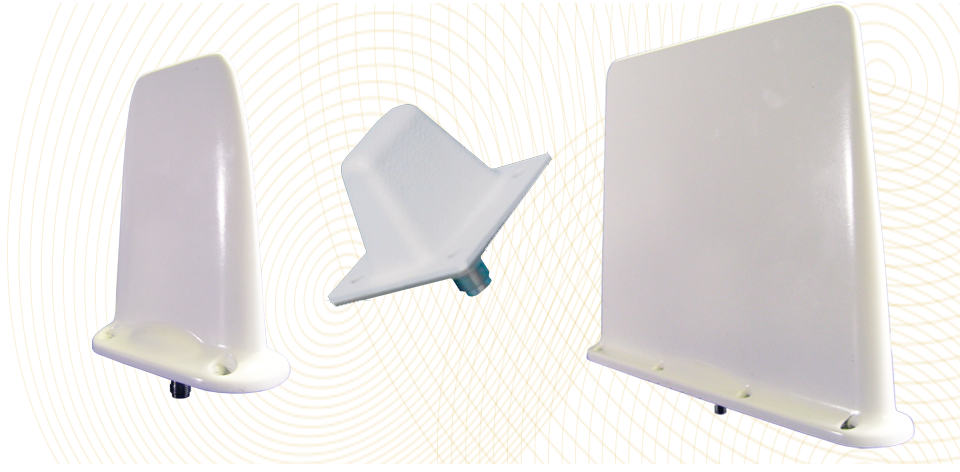
As the phrase suggests, antenna miniaturization is the process of replicating an antenna’s functionality while reducing its physical size.
Over the past several decades, several studies have shown a direct correlation between the size of an antenna and its bandwidth and/or efficiency. Basically, it had been long since believed that the smaller the antenna, the smaller the bandwidth, and the lower the efficiency. In more recent years, however, this idea has become somewhat of a fallacy.
Technological advancements have greatly impacted antenna design, making it possible to miniaturize antennas without sacrificing performance. For example, JEM Engineering’s MBA-0145 is essentially the miniaturized version of the MBA-0127. Both antennas are multi-band (or HexBand) box-type antennas. Size and weight differences aside, the antennas are very similar in specifications.
MBA-0127
1700 – 2200 MHz
MBA-0145
1700 – 2200 MHz
Why miniaturize?
One of the more obvious reasons is that lower profile antennas are easier to conceal and transport. This can be useful in ISR SIGINT/ELINT applications.
While antenna miniaturization has become more doable, there are still some limitations to this process. Just as it takes a combination of keen mechanical design and proficient electrical engineering to successfully miniaturize an antenna, it takes similar expertise to determine whether or not an antenna should be miniaturized or redesigned altogether, given its intended application. A trained team of experts usually performs a feasibility analysis before attempting to miniaturize an antenna.
Latest Posts

An Overview of Unmanned Aerial Vehicles — and their Antennas
An unmanned aerial vehicle, or UAV, refer to a vehicle that is able to fly remotely, either with some sort of controller or autonomously. An unmanned aircraft system, or UAS, includes not only the UAV, itself but also the person on the ground controlling the flight, as well as the system in place that connects the two of them.

An Introduction to RF Testing
RF testing is used to measure a variety of different antenna attributes. In this post, we discus a few ways in which rf testing can help determine if your device is performing the way it should.

Antenna 101: Types & Applications
In this article, we take a look at some of the different antenna types, and what applications they can be used for.

Why I Chose a Career in STEM
In celebration of STEM Day (November 8) we asked our CEO, Nancy Lilly, and our Director of Antenna Development, Victor Sanchez, why they decided to pursue a career in STEM, and this is what they said…
